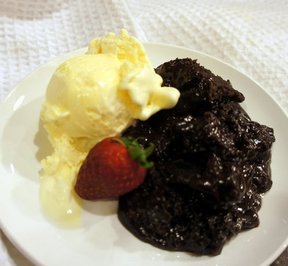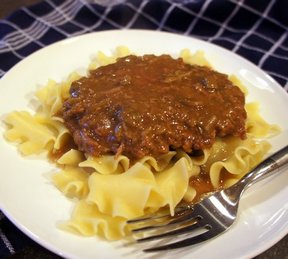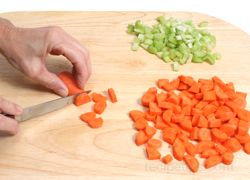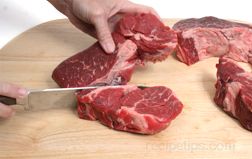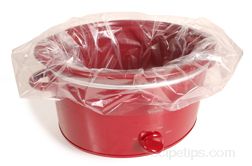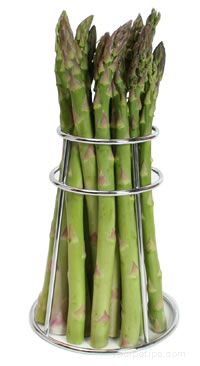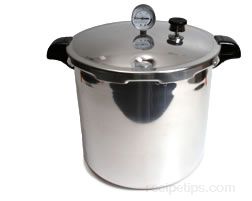Similar Content to: Pressure Canning

As the cooking pot is heated on a stove top or in a microwave oven (if it is made for microwave use), superheated steam is produced under pressure to cook the food. The air within the pot is heated to a very high temperature (above the boiling point), allowing air pressure and steam to build inside and cook foods faster at higher temperatures. As the pressure increases the hot steam is forced through the food to cook it thoroughly.
Since this process allows a higher temperature to be maintained, it results in faster cooking times that are typically only one-third of what conventional methods require. Nutrients and flavors are retained and higher temperatures may eliminate potential bacterial dangers when vegetables and meats are cooked using this method. Cooking with steam pressure is a method that works well to tenderize some cuts of meat or to make steamed puddings, desserts, soups, and various types of stew. Pressure cookers, referred to as pressure canners are used for canning and preserving foods that need to be heated to very high temperatures and sealed air tight in glass containers.




